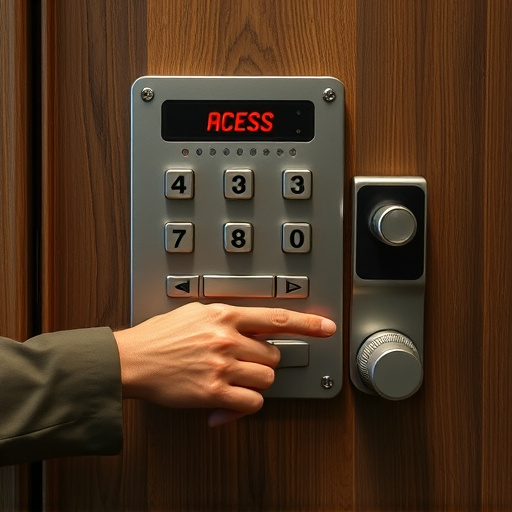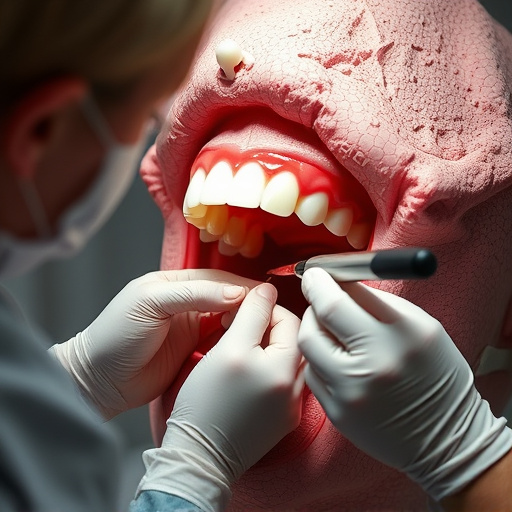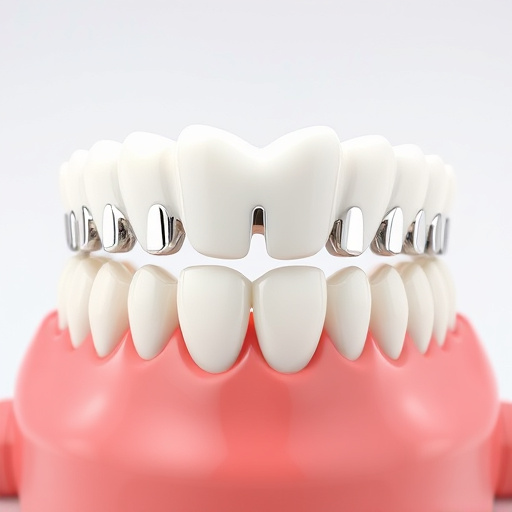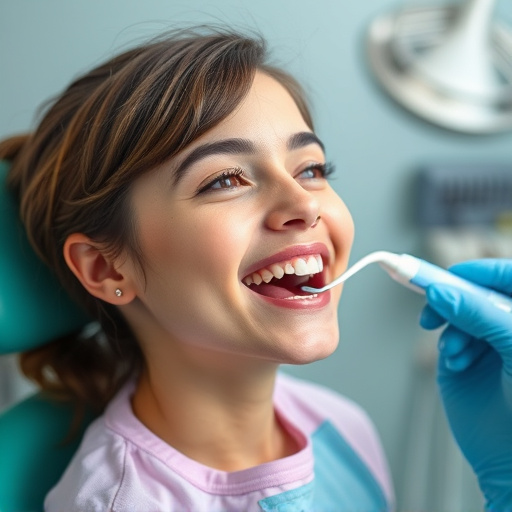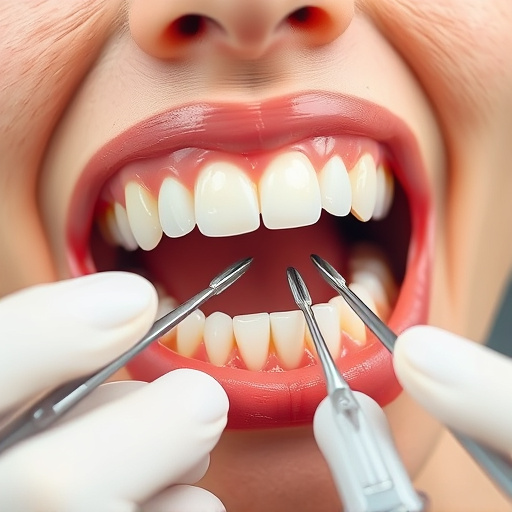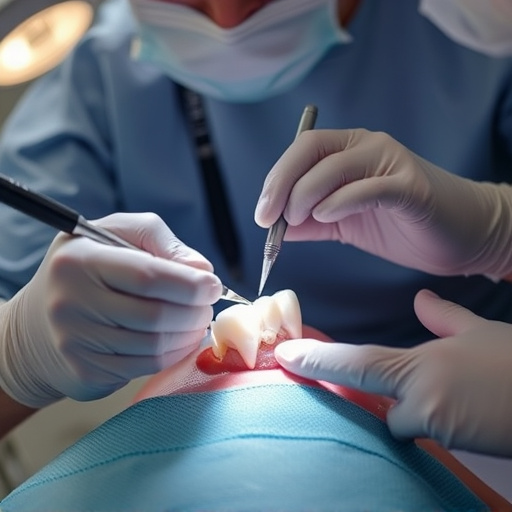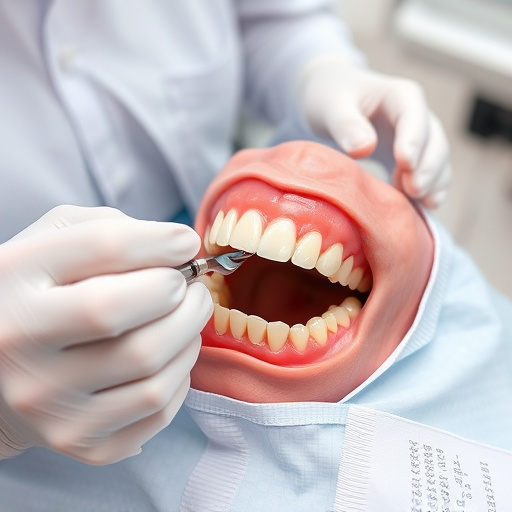Swift and accurate evaluation by trained professionals is crucial in urgent dental care, ranging from initial triage using structured protocols to modern practices employing digital imaging for enhanced efficiency and accuracy. Preventive dentistry through regular cleanings and check-ups prevents minor issues from becoming emergencies, ensuring comprehensive oral health during urgent situations.
In urgent dental care, swift and accurate action is crucial. This comprehensive guide navigates best practices for delivering fast, effective treatment when dental emergencies arise. From Evaluating Emergency Dental Needs Fast to Efficient Triage for Urgent Cases and Providing Quick, Effective Treatments, each section delves into essential strategies for optimal patient care. Discover how these methods enhance patient comfort, streamline processes, and ensure prompt resolution for even the most pressing oral health issues.
- Evaluating Emergency Dental Needs Fast
- Efficient Triage for Urgent Cases
- Providing Quick, Effective Treatments
Evaluating Emergency Dental Needs Fast
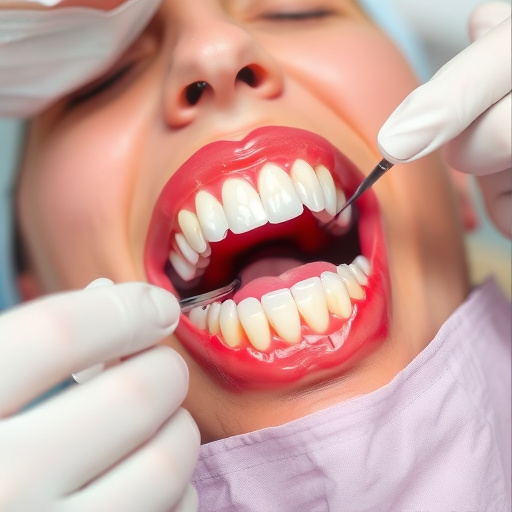
When faced with dental emergencies, quick evaluation is key to providing effective urgent dental care. The first step is to assess the severity of the situation. Does the patient have a broken tooth, sharp edges from chipping, or severe toothache? These are clear indicators that immediate attention is required. In such cases, every second counts, and prompt action can prevent further damage and discomfort.
Trained dental professionals should use their expertise to swiftly determine if the need is cosmetic fillings for chip repair, emergency dental care for acute pain, or more complex procedures like dental fillings to address structural issues. A fast yet thorough evaluation allows for delivering the most suitable treatment, ensuring patient comfort and restoring oral health promptly.
Efficient Triage for Urgent Cases
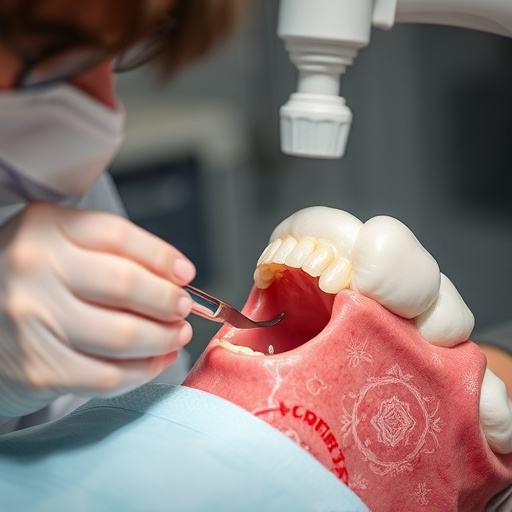
In the fast-paced world of urgent dental care, efficient triage is key to ensuring patients receive prompt and effective treatment. The initial assessment process plays a vital role in managing emergency dental cases, allowing healthcare providers to prioritize and allocate resources effectively. By implementing structured triage protocols, dental facilities can swiftly identify the severity and nature of each patient’s condition. This involves a thorough examination, including visual inspections, X-rays, and patient history reviews.
During triage, dental professionals should assess symptoms like intense pain, facial swelling, or tooth damage to determine the urgency. For instance, a patient with a severely broken tooth might require immediate attention for a temporary cosmetic filling while awaiting further treatment, such as permanent dental fillings or wisdom tooth removal. Efficient triage enables dentists to provide appropriate interventions quickly, minimizing discomfort and potential complications.
Providing Quick, Effective Treatments
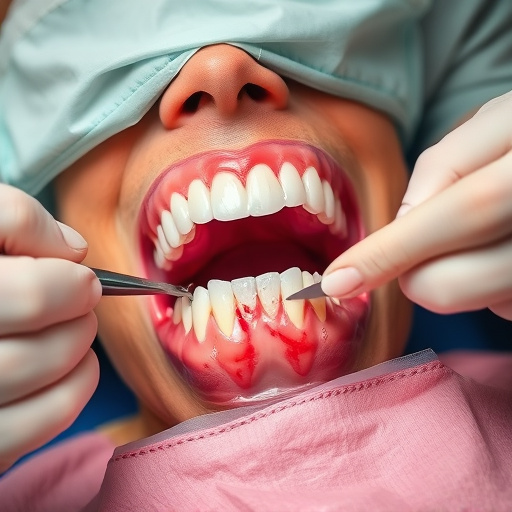
In the realm of urgent dental care, providing quick, effective treatments is paramount to ensuring patient comfort and satisfaction. Modern dental practices have adopted innovative techniques and technologies to streamline procedures, minimizing wait times significantly. Digital imaging, for instance, allows dentists to diagnose issues swiftly by offering detailed insights into oral health. This not only expedites treatment planning but also enhances accuracy, leading to more efficient care.
Beyond advanced tools, prioritizing preventive dentistry through regular dental cleanings and check-ups plays a crucial role in urgent care. By maintaining good oral hygiene, practitioners can prevent minor issues from escalating into urgent problems. General dentistry services that focus on cavity prevention, gum disease management, and timely fillings contribute substantially to the overall health of patients, ensuring they receive prompt yet comprehensive care when an emergency arises.
Urgent dental care requires swift and efficient practices to address acute oral health issues. By implementing fast evaluation methods, effective triage systems, and quick treatment protocols, dental professionals can ensure optimal patient care during emergency situations. These best practices not only streamline the process but also enhance the overall experience for patients in need of urgent dental services.

